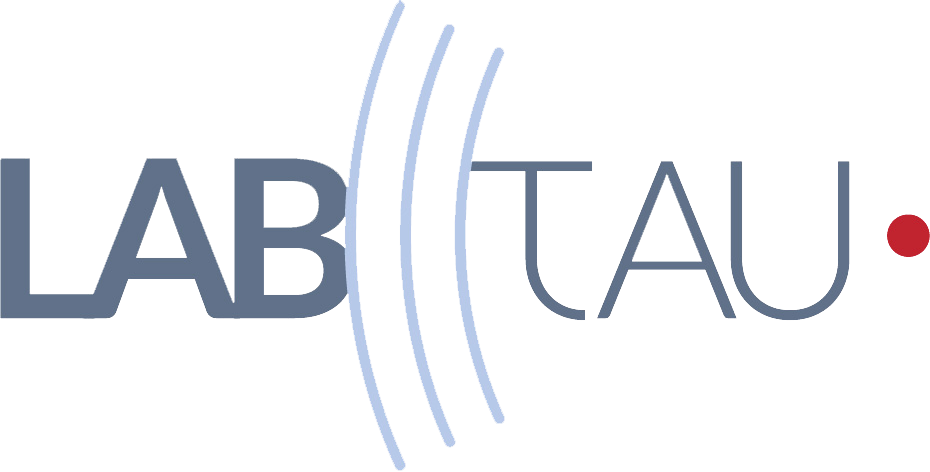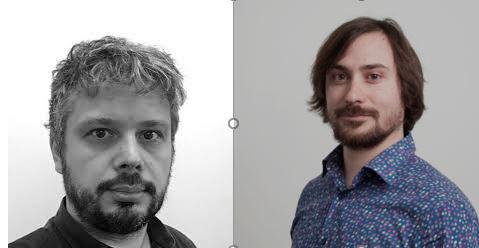NOVEL ULTRASOUND-BASED SENSOR FOR BIOSENSING AND NEURAL RECORDING
Author: Jérôme Sallet & Clément Hebert
Time: 11H00
Language: French/English
Place: Conference Room at LabTAU
Abstract: Part 1: The development of wireless and battery free sensors for biomedical applications is a fast growing research and industrial field. It promises to greatly improve the patient’s comfort during the diagnosis but also in the treatment of chronic diseases. While the standard technologies have been based for the last decade on electromagnetic waves, ultrasonic powering and communication is a very interesting way to reduce the size of the sensor in order to develop minimally invasive implantable technology. In this context, the Wireless Neural Interface team of the Grenoble Institute for Neuroscience is developing a new type of ultrasound-based sensor for biosensing and neural recording. The presentation will show the mm-sized prototype that was used to establish the transfer curve that links the amplitude of the Echo signal to an electric potential in a physiological solution. This curve represents the first step toward real time recording.
Part 2: Abstract: Transcranial ultrasonic stimulation (TUS) is an emerging method whereby low-intensity ultrasound is delivered through the skull to brain tissue resulting in reversible disruption of neuronal activity at the targeted site. Although the exact mechanisms by which ultrasound effects neuromodulation are not fully characterized, the goal of this presentation is to show that the technique is safe and can be used to modulate brain activity and behaviour with a good anatomical precision. TUS neuromodulatory effects were measured by examining relationships between activity in each targeted area and the rest of the brain using resting-state functional magnetic resonance imaging (fMRI) collected under anaesthesia. Importantly those targeted regions could either be superficial cortical areas (e.g. medial premotor, frontopolar cortex), or deep subcortical structures (e.g. Amygdala, Hippocampus, Basal Forebrain). With the specific protocol used, dissociable and focal effects on neural activity could not be explained by auditory confounds. Furthermore, offline effects were shown to last for more than two hours post-stimulation. With such long lasting effect, we were able to test in separate experiments for the specific contribution of perigenual cingulate cortex to counterfactual reasoning, of the lateral orbitofrontal cortex to credit assignment and of the mid-superior temporal sulcus to computing social prediction in primates.





